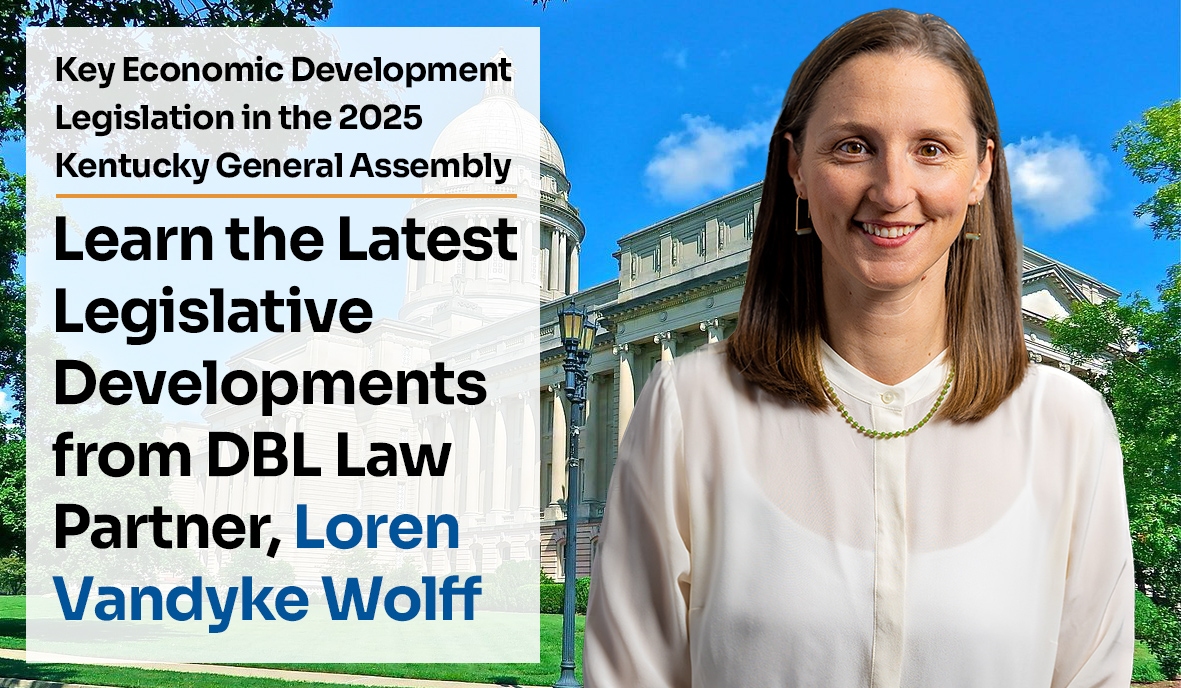If you’re involved in multifamily housing development in Kentucky, Senate Bill 25 is a big deal.
As highlighted in our recent blog post on key economic development legislation from the 2025 General Assembly, SB 25 expands the definition of “building” under KRS 103.200(1) to include multifamily housing projects of 48 or more units, making them eligible for industrial revenue bonds (IRBs). The bill specifically adds the following language:
“any activity, including new construction, that would result in an increase of forty-eight (48) units or more to the stock of residential multi-family housing units.”
Let’s break that down:
- “Any activity” – This includes new construction and redevelopment of existing buildings.
- Must result in at least 48 new residential multifamily units.
- Must be multifamily – Single-family homes are not eligible.
Another key nuance: these multi-family projects covered by the new definition do not require review by the local debt officer or approval from the local school board. This change will streamline approvals and help multifamily projects move forward more quickly—a timely shift as communities work to address current and growing housing needs.
Why is this such a big deal?
IRBs are a financing tool that has historically been unavailable for most residential developments. This has left local governments without many tools to incentivize much needed housing.
As such, this is a significant shift in policy. For the first time, developers of multifamily projects may be able to leverage IRBs to lower borrowing costs and improve project feasibility. At a time when communities across Kentucky are facing critical housing shortages, this change introduces a powerful new incentive for development.
It also signals a broader policy evolution: the General Assembly is beginning to treat housing as essential infrastructure worthy of support through economic development tools.
We’ll keep a close eye on how local governments respond to this change. As the implications of SB 25 play out locally, it will be important to balance the need for housing with continued engagement among community stakeholders.
But for now, developers, investors, and community leaders should take note: SB 25 just added a valuable new tool to the housing development toolbox.



